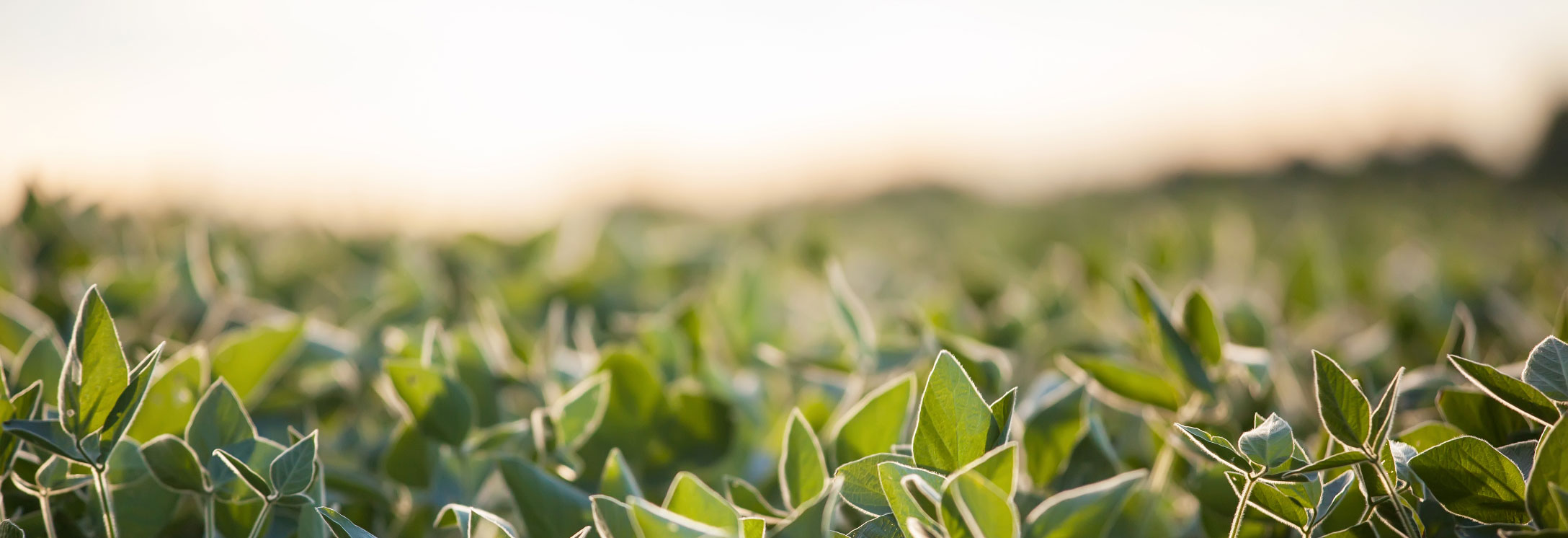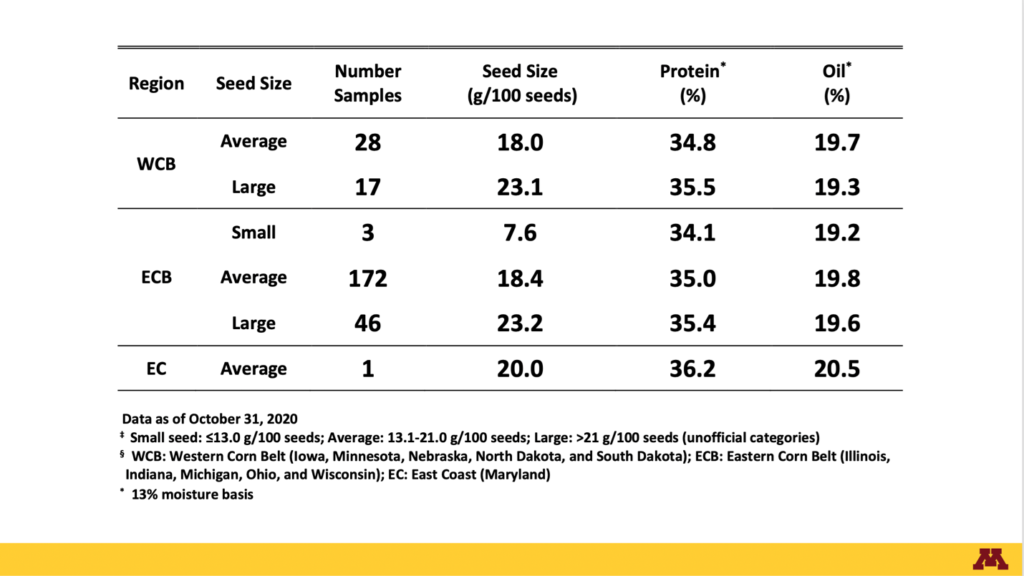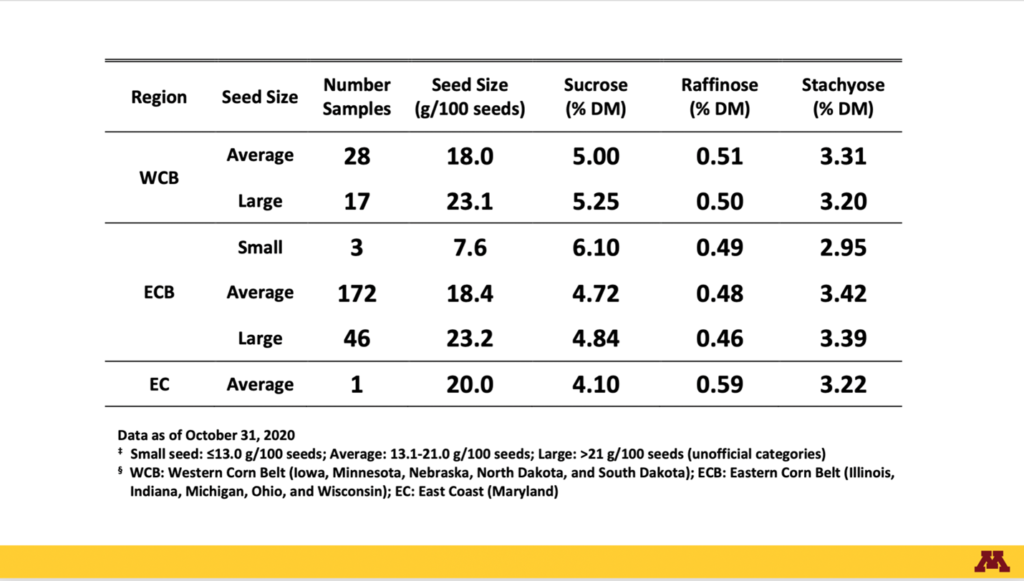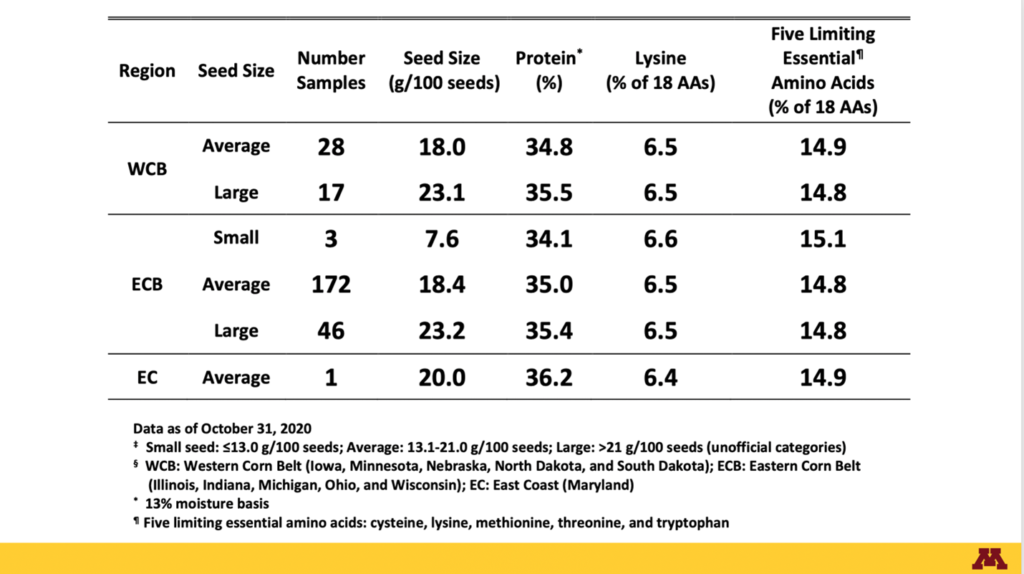Measuring Quality of 2020 U.S. Soy Food Beans
- Category:
- General News

U.S. Soy recognizes the importance of high-quality soybean crops. As quality can be affected by many different factors, a survey is conducted to analyze U.S. Soy food beans each year. Seth Naeve, associate professor and extension agronomist at the University of Minnesota, presented an overview for participants at both the Northeast and Southeast Asia U.S. Buyers Outlook Conferences, hosted virtually in 2020.
Naeve first recognized the impact of weather on this year’s soybean crop.
“As we know, weather has a great impact on yields of crop plants, but it also affects the quality in a big way,” he said.
Late April and early May brought exceptionally warm and dry weather that allowed for early planting. Soybean farmers in Iowa and Minnesota even set the bar for record early planting this year.
Though planting got off to a good start, challenges were faced throughout the growing season. Iowa experienced a severe drought that stretched across much of the central Corn Belt. The same area experienced extreme winds, Derecho, in August. Naeve said these weather patterns did impact this year’s soybean crop. Throughout the 2020 food soybean survey, 267 samples were returned from U.S. soybean exporters. Analysis of the samples showed good protein levels and an increase in oil concentration.

Additionally, the survey analyzed the amino acid profiles of submitted samples.
“Amino acids are important for animals, and they're very important for humans,” Naeve said. “So, it's an important factor to consider as we're producing these food products from soybeans, to consider amino acid variation because this will affect the overall nutritive quality of those products made from the soybean protein.” The survey saw different types of amino acids in this soybean crop compared to previous years, he explained, including lysine, methionine, cysteine, threonine and tryptophan. Naeve said considering end use of the beans is important when looking at amino acid profiles. Customers should keep this years’ unusual variation in mind when purchasing 2020 U.S. Soy food beans.


Results from the survey are available online. His commodity bean and food bean survey presentations are also available. Access them for more information on this year’s soybean crop quality results.